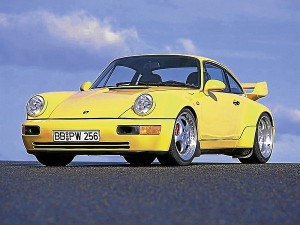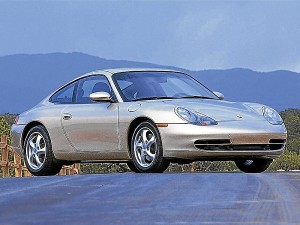The evolution of the Porsche 911
Penned by Ferdinand “Butzi” Porsche (son of Ferdinand “Ferry” Porsche), who drew the initial sketches of the 911 back in 1959 to replace the Porsche 356 which was the brand’s first car, the 911 was initially designated as the “901” with a total of only 82 units built. The 911 was to be developed as a more powerful replacement to the aging 356 model and made its debut at the 1963 Frankfurt Motor Show. From using model 901 it was re-badged as the 911 due to a protest by Peugeot, claiming it had exclusive rights to name its car models with the number “0” in the middle. With an initial price tag of US$6,500, production began in September 1964. While generally being referred to as the Porsche 911, the world’s longest-running production sports car, has a type number to distinguish each generation.
The Classic Porsche 911
The first edition of the 911 had an air-cooled 1991cc 6-cylinder boxer engine that soon became its platform all throughout the range until the 993 model range. The 4-cylinder variant was dubbed as the “912” model, which had the same body as the 911 series using the same 1600cc engine as the 356. In 1967, a Targa model was included, which features a stainless steel clad roll bar with a removable and foldable roof panel and which was named after the Targa Florio road race based in Sicily, Italy.
The first engines were all carbureted, but by 1973, Porsche introduced the Bosch K-Jetronic CIS (Continuous Fuel Injection) system in its 911T model variant. With a better fuel system, the 911’s of the 1970s was given an updated and stronger transmission. In 1973, the venerable Carrera RS (RS stands for Rennsport, which is translated as race sport in German) became the reincarnation of the 356 Carrera named after the Carrera Panamericana races in Mexico in the 1950s. This race bred limited production Carrera RS is highly sought after by classic car collectors, despite its very spartan interior. By model year 1974, aside from bigger engines and updated fuel systems, the 911 sported impact extended bumpers to conform to US laws, a design that lasted for another 15 years. Another significant variant for this genre would be the 930 Turbo. Produced between 1975 and 1989, this was Porsche’s top line model and considered as Germany’s fastest production car.
Porsche 964 (1989-1993)
Article continues after this advertisement
Porsche 993 (1993-1998)

Porsche 996 (1999-2005)

Porsche 997 (2005-2011)

Porsche 991 (2011-Present)
Recently introduced at the Frankfurt Motor Show last September, where it all began some 48 years back, the 991 will have a longer wheelbase than the 997 by about four in and overall length by about 3 in. Other significant innovations include the use of aluminium; composite materials and high-grade steel have lightened the overall weight by about 100 pounds. The first two models will feature electro-mechanical power steering, a start/stop system and basically retain the 3.8 liter flat-6 cylinder engine for the Carrera S, while the Carrera model will have a smaller 3.4 liter engine. Our columnist Botchi Santos shared his driving experience when the 991 was launched in Santa Barbara, California, in last week’s motoring section.
